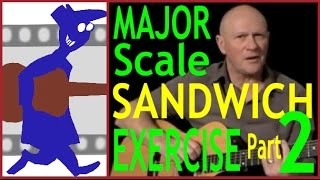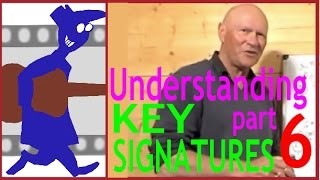using modes on guitar
Published on 26 January 2016
Using modes on Guitar. Guitar modes improvisation. Exercise for guitar modes application.
From the Secret Guitar Teacher Site: http://secretguitarteacher.com/youtube/ssb.php?lp_id=1023
Video script: Each arpeggio we have been working with in the last couple of sound bites is directly related to one of the modes.
If you would like to learn more about modes, the basic theory is fully covered in the third part of the Guitar Music Theory Course on the Secret Guitar Teacher site
But even if you haven't yet learnt anything at all about modes, you will find this lesson easy enough to follow, as I am not going to assume any prior knowledge of the subject.
In the left hand diagram you can see an octave of the Dorian mode started on the sixth string to coincide with where we have been playing the minor 7th arpeggio from in our 2 5 1 testbed. The right hand diagram shows the same mode but with the minor 7th notes highlighted in yellow.
This clearly shows how the minor 7th arpeggio notes come directly from this mode.
One way of looking at it is simply that the mode helps fill in some of the gaps left between the notes of the arpeggio. A similar relationship exists between the Mixolydian mode and the Dominant 7th arpeggio. Shown here starting on the 5th string as this is where we have been rooting this chord in the testbed..
And the Ionian mode, which is identical to what you may already know as the major scale, shares its space with the Maj7th arpeggio.
Using the 2 5 1 testbed to familiarise yourself with these three modes is easy for anyone who has followed us through the last few sound bites. Playing each mode using 8 notes to the bar ...we find we have time to cover the first two ascending once from note 1 to 8 ...and the Ionian Mode once up and once down to cover the two bars over the Major 7th chord notice that if we turn round at the top of this pattern, playing the 8th note only once we end up with half a beat to spare when we get back to the starting note.
Pause the video to spend a bit of time familiarising yourself with that, and when you're ready, join me on a run through against the backing track. All the advice I gave in the last sound bite about using arpeggio patterns as a basis of improvising applies equally to using modes.
The extra notes supplied by the mode patterns greatly increase the options for creativity, but I think for most of us, also makes improvising a little harder. So, if you struggle with this at all, then it may be worth going back and putting in a few more hours on the testbed using the arpeggios.
I'll play out of this lesson with a brief using these modes over the 251 testbed. Remember you should be able to access the backing track from the link below the screen so you can spend some time working on these ideas yourself.
 How to Embellish a D Chord
How to Embellish a D Chord
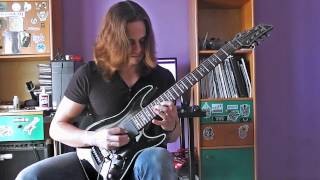 Gus Drax - Advanced Technique Lessons #1 (Alternat...
Gus Drax - Advanced Technique Lessons #1 (Alternat...
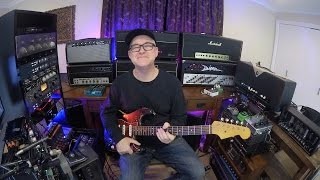 Four Note Solo Over Four Chords | Guitar Lesson |...
Four Note Solo Over Four Chords | Guitar Lesson |...
 Diminished Chords - How to Use Them on the Guitar...
Diminished Chords - How to Use Them on the Guitar...
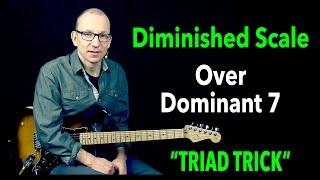 Diminished Scale over Dominant 7 - using a TRIAD -...
Diminished Scale over Dominant 7 - using a TRIAD -...
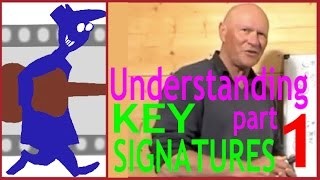 Understanding Key Signatures - Part 1
Understanding Key Signatures - Part 1
 3 Beginner Fingerstyle Riff Exercises - Guitar Les...
3 Beginner Fingerstyle Riff Exercises - Guitar Les...
 Robbie Calvo - Line 6 - Helix - Slide Solo
Robbie Calvo - Line 6 - Helix - Slide Solo
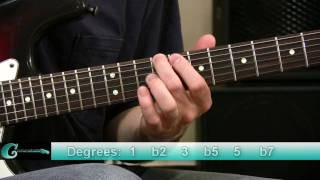 Understanding Hexatonic Scales
Understanding Hexatonic Scales
 Major Scale - Single String - Beginner Guitar Less...
Major Scale - Single String - Beginner Guitar Less...


